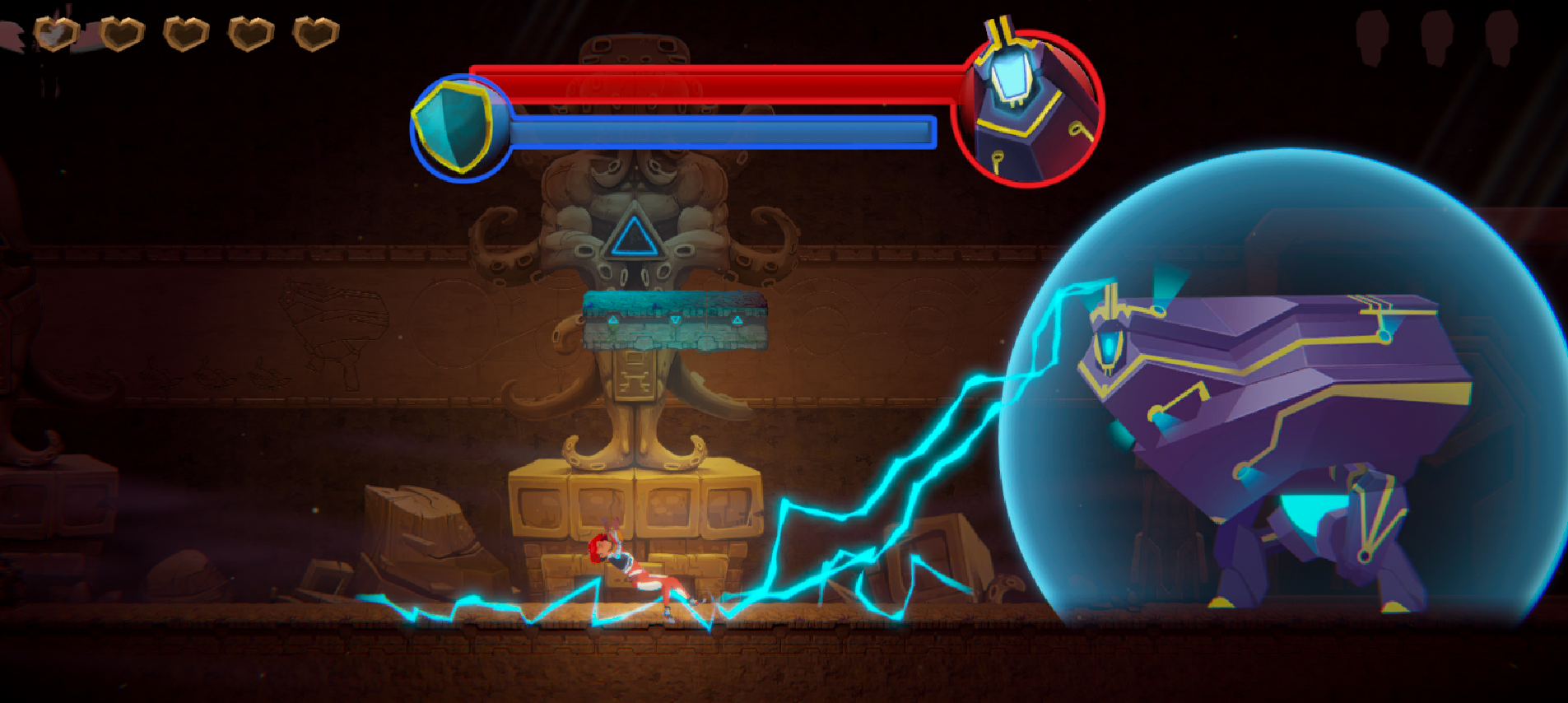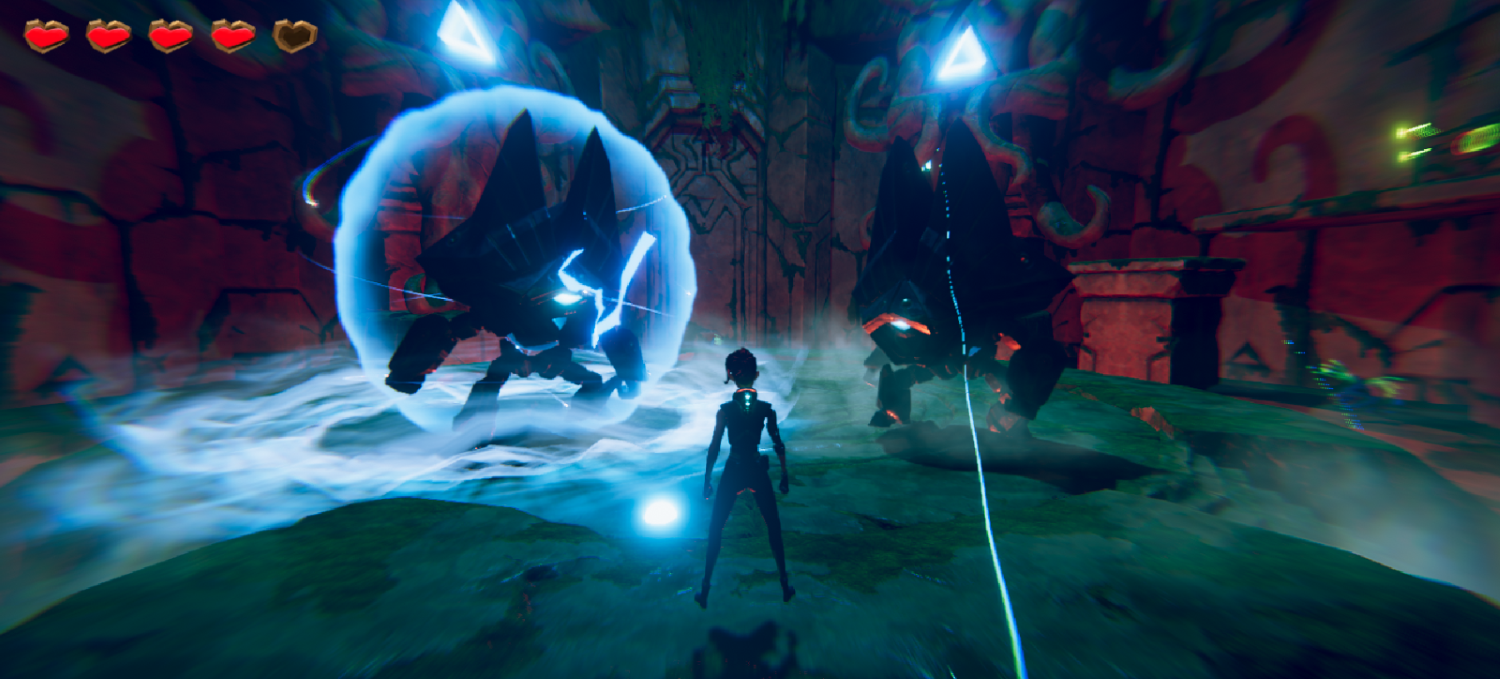We have been talking about players' trust, motivation, immersion, rewards and punishments, and mechanics. Each one of these fragments is put together inside our levels, so it is our job to balance everything in order to keep players' attention and belief.
With this in mind, our level has to fit with our characters, both player and NPC, and the elements that are present have to be appropriate. This congruence is in art style, sound effects, and behaviors. So, do you mean that if the level aesthetics are the same as the characters and the objects, and these have the appropriate reactions, that would mean I created the perfect level? Sorry, my friend, but no, that is just a small part of it.
Appropriate behaviors also mean that characters in the game must act according to their history and the world environment. We can't be playing a fantasy medieval game and, when we get to talk with the King of the Realm, he says to us, Yo, dawg, I heard you like killing some dragons. So, you wanna kill me some dragons so we can live in peace? That would be really weird; please, I beg you, don't you dare.
Once we have worked hard to get every piece balanced, we must face the most difficult challenge; we have to create something self-explained, entertaining, and challenging.







